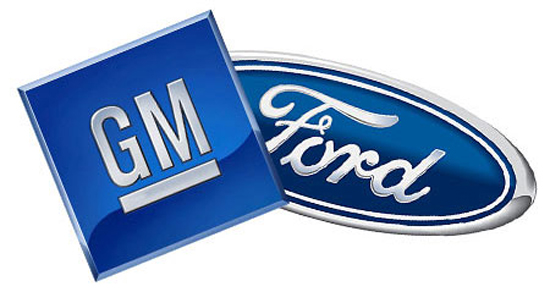General Motors and Ford Motor said on Tuesday they are close to finishing the production of ventilators ordered by the Trump Administration in response to an increase in coronavirus cases and are ramping down or exiting the operations.
Many of the ventilators assembled by the companies have gone into a U.S. government stockpile as doctors moved away from using invasive ventilators with COVID-19 patients. The government presently has 108,000 ventilators in its medical equipment stockpile, and 12,000 deployed at U.S. hospitals, the U.S. Health and Human Services Department said Tuesday.
General Motors and medical equipment maker Ventec Life Systems are in the “home stretch” toward finishing a contract to provide 30,000 critical care ventilators by the end of August under a $489 million contract with the federal government, the automaker stated.
GM and Ventec have already provided over 20,000 machines, GM spokesman Jim Cain said.
Ford has assembled about 47,000 of the 50,000 ventilators it agreed to provide to partner General Electric, Ford spokeswoman Rachel McCleery said. GE has a $336 million contract with the government.
HHS said it has got over 69,000 ventilators assembled by GM and Ford and their partners, and “both of these delivery schedules are nearly complete”.
Ford and GM said before that they would employ a total of as many as 1,500 people on ventilator assembly lines. Automakers likened their flexibility to their switch from making cars to tanks and planes during the Second World War.
With North American car and truck factories back in operation, the American automakers are winding down their forays into ventilator manufacturing, but they are still making respiratory masks.
GM has said it prepares to transfer the ventilator-making operations at a factory located in Kokomo, Indiana, to its partner Ventec on September 1. Union-represented GM workers hired at the plant will get back to the automaker, and temporary workers will remain with Ventec.
Ford transferred full-time employees who were building ventilators back to their home plants in May, and most of the temporary workers still assembling ventilators will have opportunities to land jobs building the new Ford Bronco SUV at a factory near Detroit, a company spokeswoman said.
The automakers’ efforts in making ventilators and other medical equipment were started in a politically charged atmosphere as the first wave of the coronavirus COVID-19 pandemic swamped the U.S. economy and healthcare system. The shortage of ventilators became a huge concern.
U.S. President Donald Trump then urged the automakers as part of a broader push to secure over 130,000 ventilators by the end of 2020.
The automakers used the medical equipment assembly operations installed in the spring to test safety protocols they later used to resume their vehicle-making operations.


